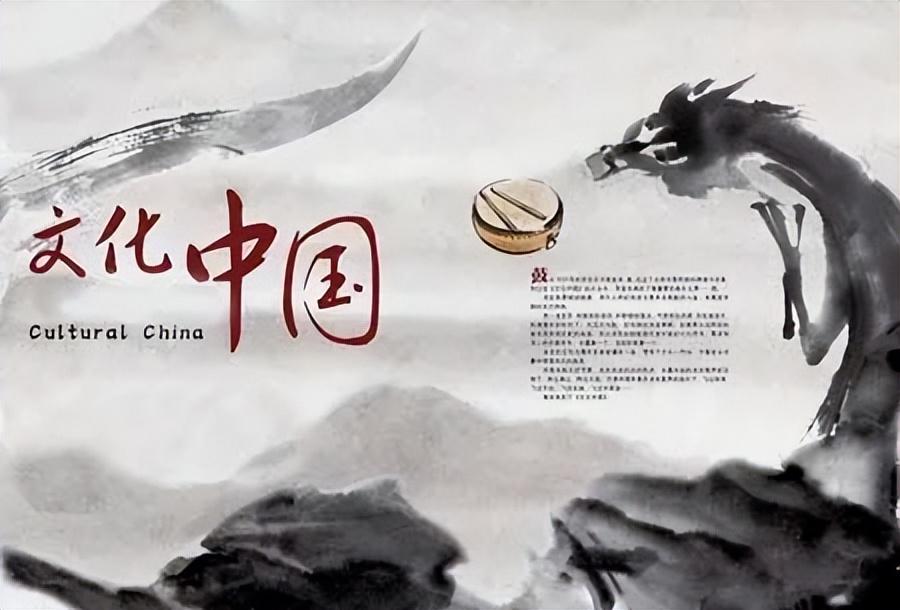What is culture? A topic that often lingers in my ears, but it is really difficult to make it clear. There is the concept of big culture and the understanding of narrow culture.
Some people on WeChat summarized a person’s cultural performance as "self-cultivation rooted in the heart; Consciousness without reminding; Freedom based on constraints; Kindness for others! "
Long Yingtai, a famous cultural person and former "Minister of Culture" of Taiwan Province, once wrote a book to answer this question, which is full of female cultural people’s understanding of culture: an excerpt from it: "Culture is actually reflected in how a person treats others, himself and his natural environment. In a society with a thick and deep culture, people know how to respect themselves-he disagrees, so he has taste because he disagrees; People know how to respect others-he is not overbearing, because he is not overbearing, so he has morality; Man knows how to respect nature-he does not plunder, because he does not plunder, so he has eternal intelligence. Taste, morality and intelligence are the sum of cultural accumulation. "
This is an explanation of cultural phenomena from a typical narrow cultural perspective.
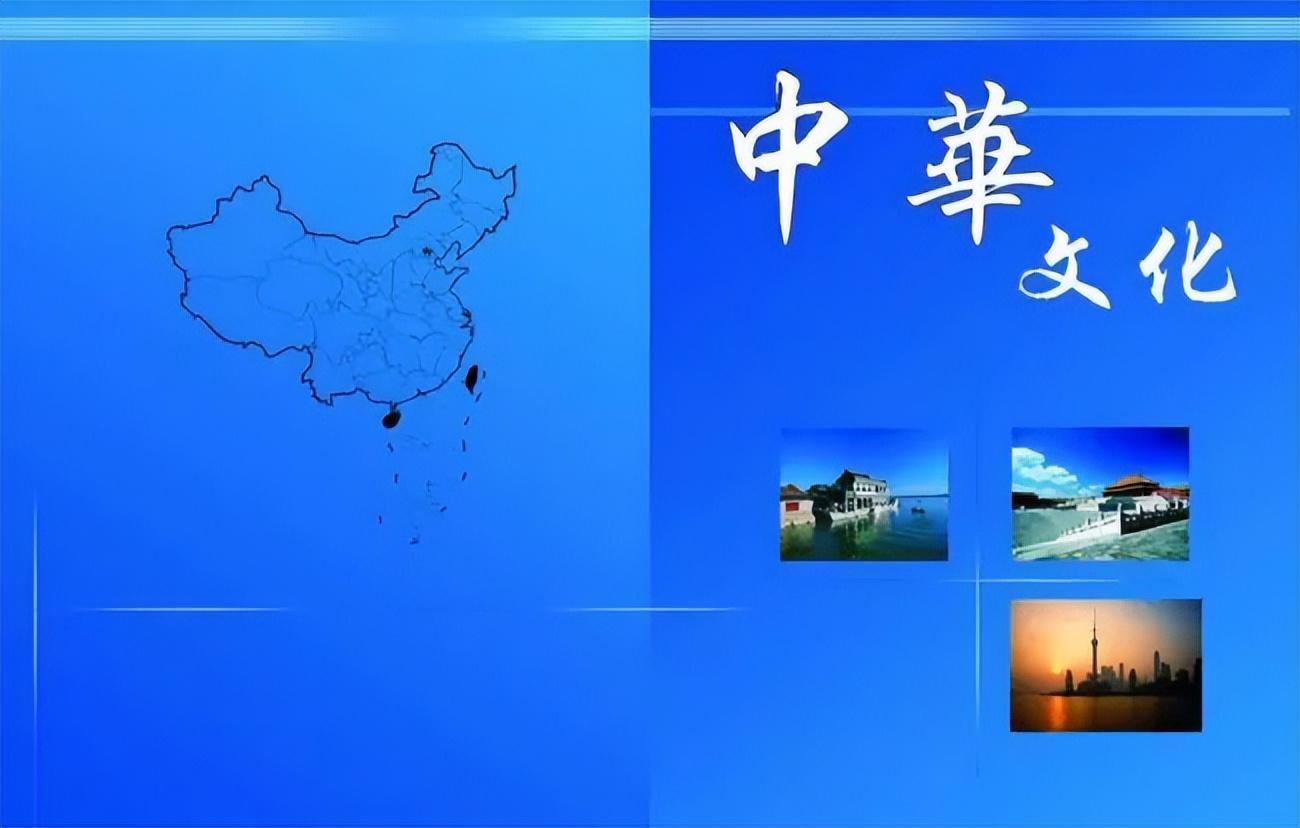
According to our textbooks, culture is a social phenomenon, a product of people’s long-term creation, a historical phenomenon and a deposit of social history. To be exact, culture is condensed in the material and dissociated from the material, and the history, geography, customs, traditional customs, lifestyle, literature and art, code of conduct, way of thinking, values, etc. of a country or nation that can be passed down are generally recognized as an ideology that can be passed down in human communication.
There are two kinds of culture, one is production culture and the other is spiritual culture. Science and technology culture is production culture, and life ideology culture is spiritual culture. Corporate culture, university culture, office culture, etc. are institutional or systematic cultures. Any culture is used for life, and there is no culture that is not used for life. Any culture contains a theory, way, idea and understanding of life and existence.
The structural anatomy of culture is divided into two parts: material culture and spiritual culture; There are three levels, namely, material, system and spirit; There are four levels of theory, namely, material, system, customs, thoughts and values. There are six subsystems, namely, material, social relations, spirit, art, language symbols, customs and habits.
The internal structure of culture itself includes material culture, system culture, behavior culture and mentality culture. Theoretically, there is a lot to talk about, but generally speaking, changes in society itself bring about cultural changes. Mainly reflected in three aspects:
First, the vitality of culture comes from inheritance.
Any kind of culture is formed over time under the historical background of thousands of years, which is embodied in everyone. To some extent, culture is a kind of inheritance.
This kind of inheritance process, first of all, is to teach by example. Therefore, for everyone, family plays an important role, and parents play a central role. For students, school is an important platform for cultural inheritance, and teachers are the hub of cultural inheritance. For adults who have already worked, the institution where they work is the platform for cultural inheritance, and the person in charge of the institution is the core of cultural inheritance.
It is normal for everyone to have different feelings and views on culture at different ages. However, for culture, future generations are not qualified to comment on its advantages and disadvantages, which are the feelings of different ages and formed under the background of thousands of years of history. We are all unconscious inheritors and practitioners.
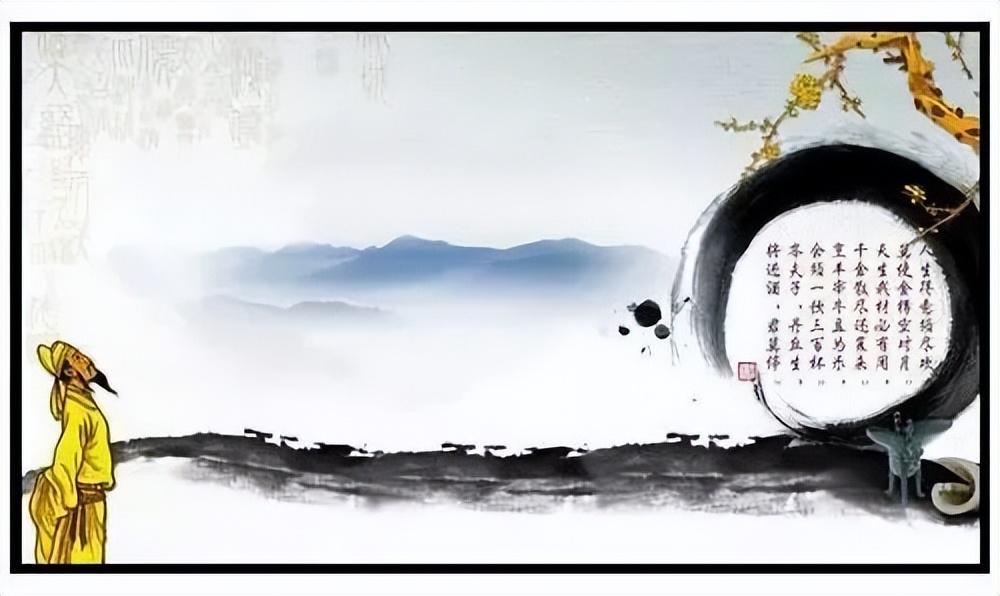
Second, the development of culture depends on communication and reference.
Culture is colorful because of communication, and civilization is enriched because of reference.
Culture is rich, even completely different, and the development process of culture is also a process in which various cultures constantly influence each other and learn from each other.
Indian Buddhism has been introduced to China for more than 1000 years. Compared with the original Indian Buddhism, it has been far away and has undergone many great changes. It has influenced China culture, and at the same time it has been completely influenced by China culture, and it has been mixed with Confucianism, Buddhism and Taoism in China, becoming an important pillar of China’s traditional cultural ideas and morality, and another bottom line of social governance.
During the early days of the founding of New China, we studied the Soviet Union, from architecture to running schools, broadcasting and movies, national governance, engineering technology, and specialty setting, and Soviet culture was everywhere.
In recent 40 years, in the process of reform and opening up, we have the shadow of western culture everywhere, from architectural style to school-running concept to film and television entertainment and social governance. Similarly, with the prosperity and increasing influence of China, China elements are increasingly appearing in the United States and other western countries, whether it is Spring Festival, Chinese characters, China Red, Chinese Dragon, and so on.
In the United States, it is normal to put schoolbags on the ground, because they think schoolbags are dirty. In China, schoolbags are often placed on the table because the ground is too dirty. These are all behaviors in different cultural backgrounds. When we are familiar with the reasons, we may learn from them and change.
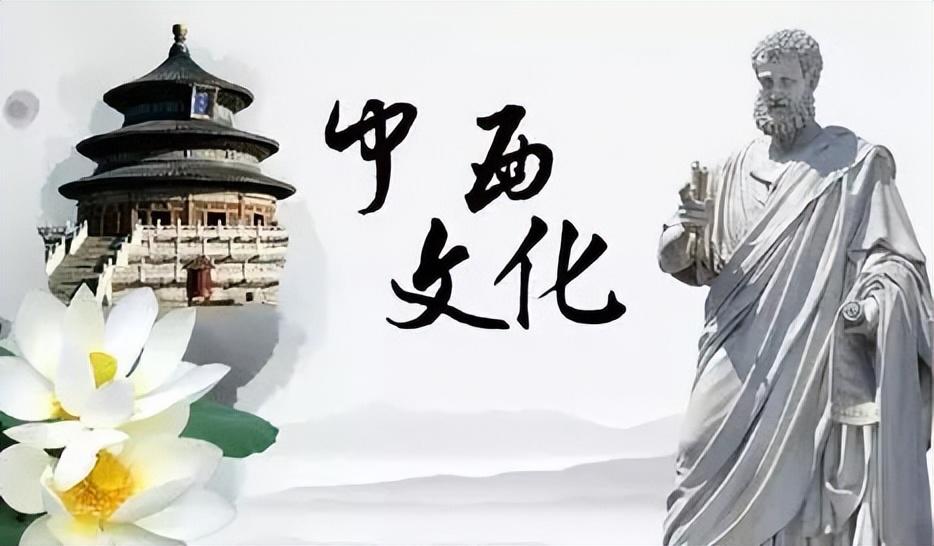
Third, the innovative power of culture comes from the development of social productive forces.
Mankind has experienced agricultural revolution, industrial revolution and information revolution. Every industrial and technological revolution has brought great and profound influence to human production, life and culture.
Culture itself is also changing with the development of society, and shows the shadow of the development of the times. Especially in modern times, with the progress of technology, the culture of every country is undergoing tremendous changes, even subversive changes.
The improvement of transportation has promoted the development of economy to a great extent, and strengthened the connection between people, thus bringing more integration of regional language and writing architecture. The invention of electricity has also fundamentally changed the rules of people’s daily life and directly affected the formation of some related cultures, such as nightlife, movies and games. After the appearance of television, potato TV, a kind of special term, appeared to describe a certain state of life.
As one of the main bodies of culture, picture books were popular when we were young, and animation was already popular when my son was young, then games, and related industries, such as cosplay, had great influence among teenagers. Now, games have become one of the most important industries in the world. Although Sina has a great influence, its income is only 22% of Netease, which is mainly based on games.
But all these influences are not as far-reaching as the impact of the development of the Internet on our human culture.
Whether in the subway or on the bus, we can see the low-headed people everywhere, which is the cultural phenomenon brought by the mobile Internet. Of course, this is only a shallow impact.
A few years ago, a book called "The World is Flat" was popular. Now, the world is flat. The appearance of the Internet, starting from language conformity and communication, has gradually changed all systems of social relations, spirit, art, customs and habits. It has broken the traditional differences and distances between regions, time and space, classes, social structures and countries, and completely broken or even changed the inheritance of culture, learning from the way of integration.
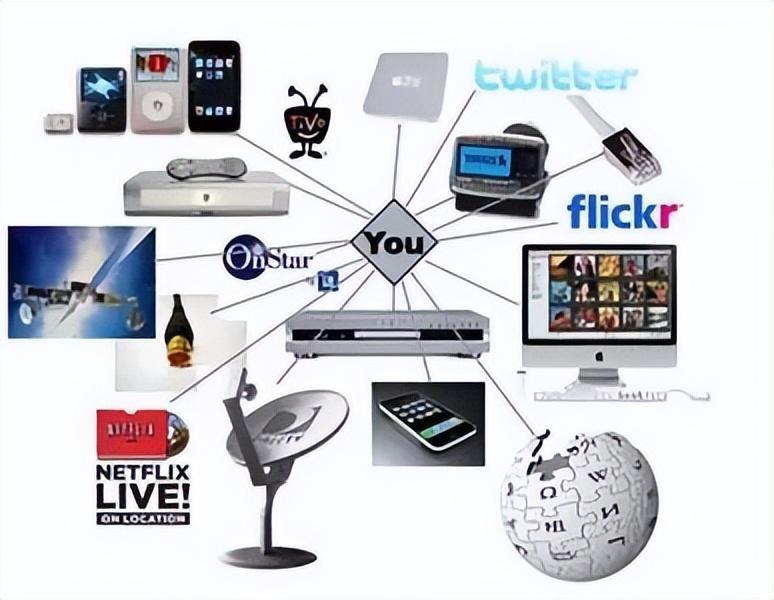
For example, on FACEBOOK, WeChat, etc., people from different countries and religions are discussing the same issue in different groups. Different civilizations and cultures have also collided fiercely in the same time and space, which is unimaginable in the history of human civilization for thousands of years. Over the past two thousand years, culture has always been the social elite, and the strong are guiding it. Now, it is completely a group guidance.
The information technology represented by the Internet is changing with each passing day, which has led to new changes in social production, created new space for human life, expanded new areas of state governance, greatly improved the level of human understanding, greatly improved the ability to understand and transform the world, and improved the cultural space unprecedentedly.
Universities should play a leading role in culture.
As an important organization in a civilized society, universities have maintained a high social status and are enduring for a long time. University has not only inherited knowledge civilization, but also changed its times. Universities should play a leading role in culture. Academician Zhao Qinping of Beijing University of Aeronautics and Astronautics once made a special exposition. He pointed out: "The function of leading culture of universities is embodied in inheriting and carrying forward excellent traditional culture, drawing on and spreading advanced foreign culture, and creating and cultivating new culture of the times. Inheritance and reference are the basis of creation. Without the inheritance of traditional culture and the reference of foreign culture, it is difficult to create a new culture of the times. If it is said that inheriting and carrying forward excellent traditional culture is a universal function of all education, then it is mainly the function of universities, especially high-level research universities, to criticize and learn from foreign cultures, to spread advanced elements in society and to create, cultivate, reconstruct and develop new cultures. (Li Zhimin, the picture comes from the Internet)
